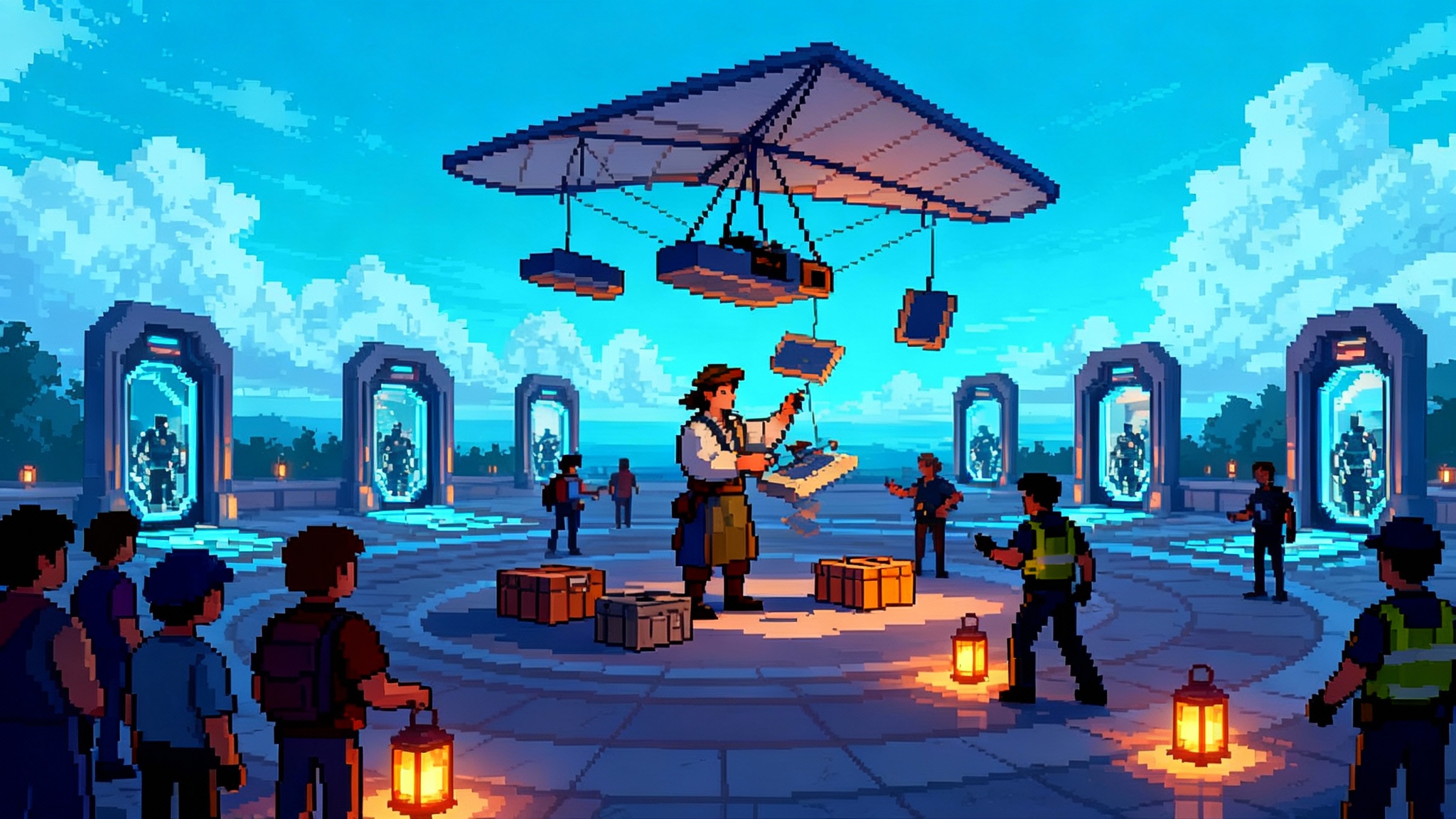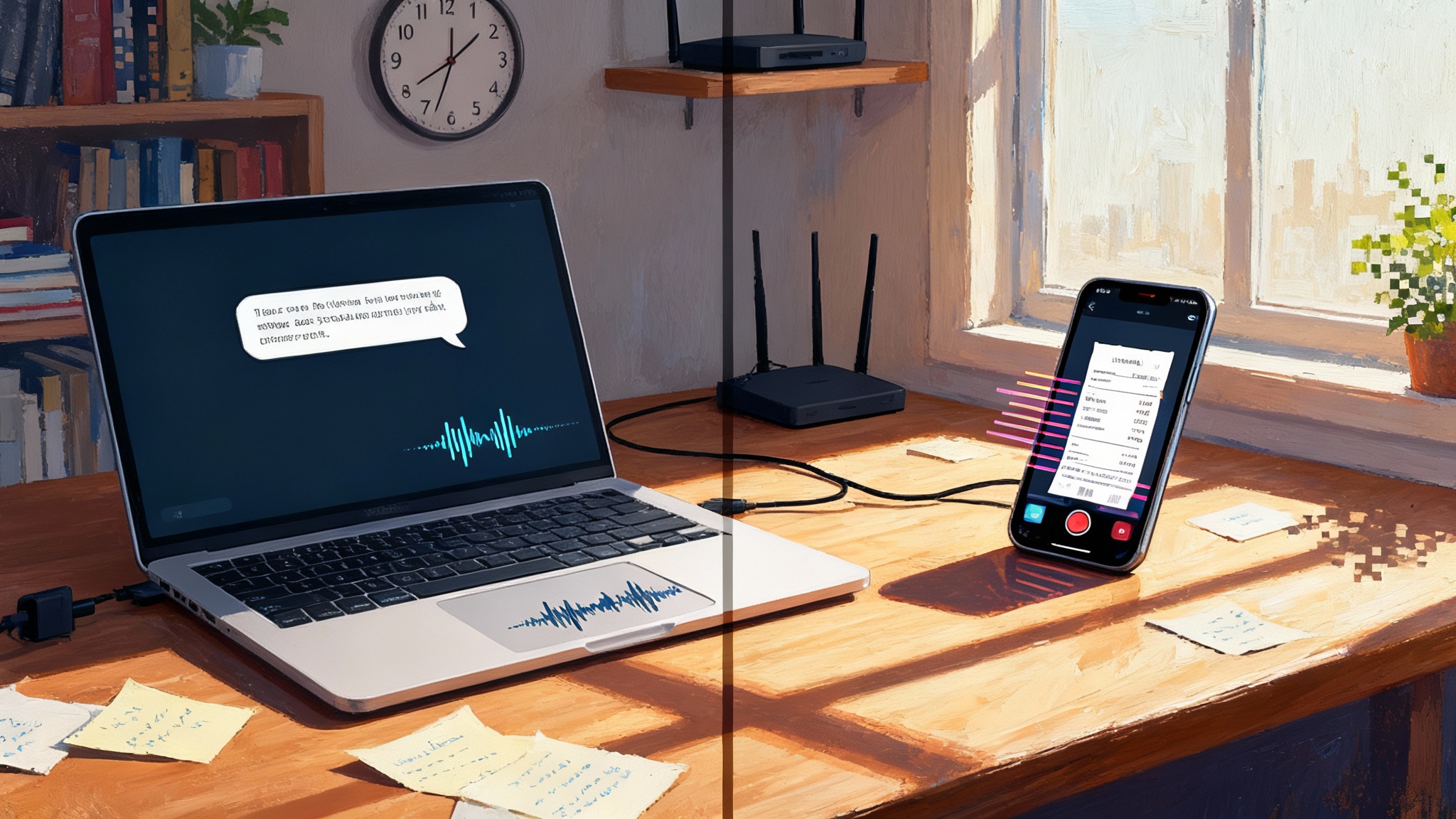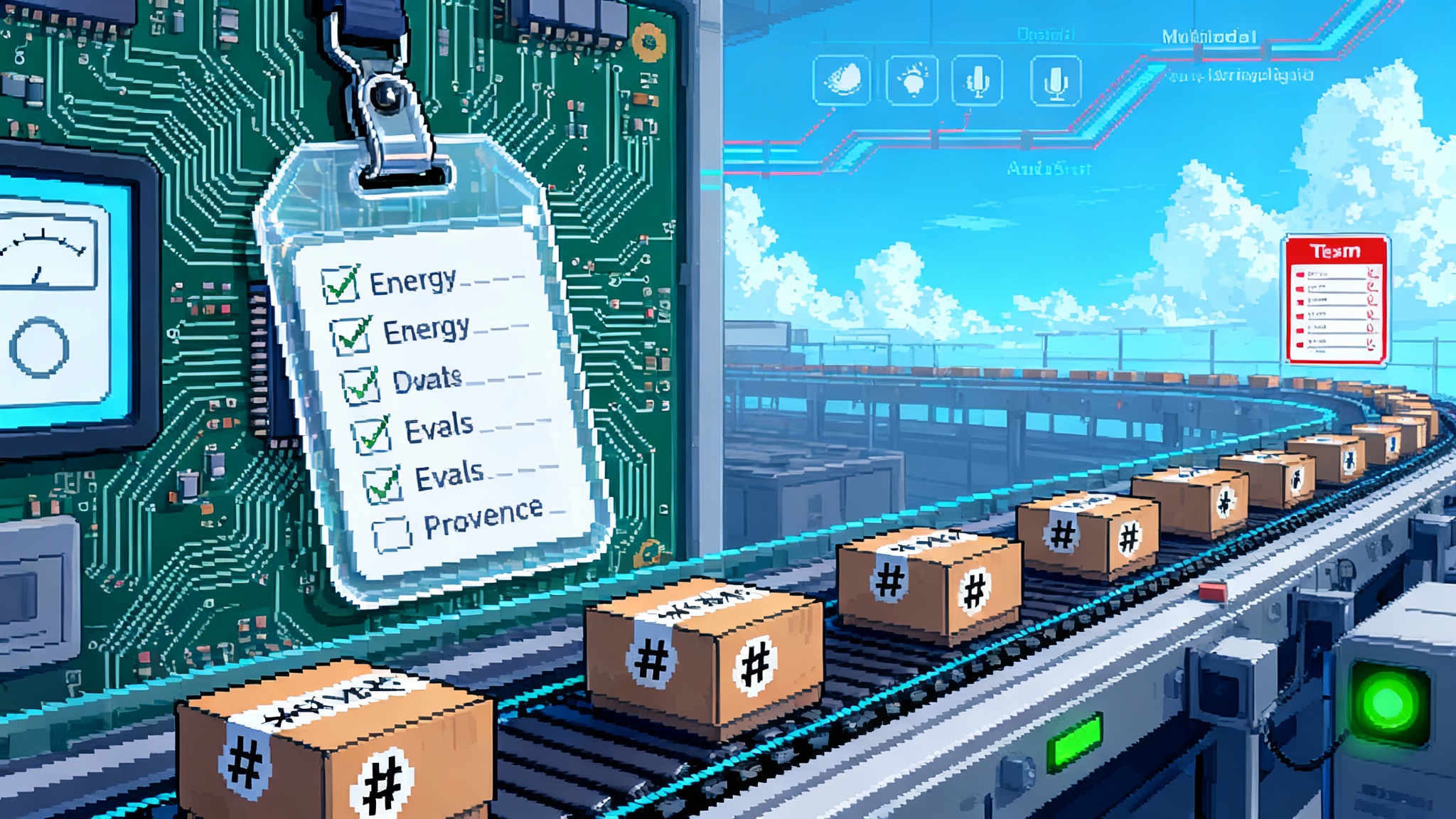Roblox Developer Conference Sparks Agentic Characters
This week’s reveals turned artificial intelligence characters from curiosities into defaults. With inference budgets per shard, kid-safe guardrails, new creator revenue, and hybrid deployment, gameplay data now trains the next wave.

The week virtual sidekicks learned to take the wheel
At the Roblox Developer Conference this week, the mood shifted from hopeful to operational. Live artificial intelligence characters are no longer stage demos that charm a crowd, then disappear when the cameras are off. They are shipping defaults. Alongside fresh engine software development kits from the other big game platforms, we saw the same core idea crystallize: persistent, tool-using agents that learn from play, respect safety rails, and fit inside real budgets.
These are not scripted quest givers. They can set and pursue goals, use in-world tools, remember you, and try again when a plan fails. They improvise within boundaries. Call them agentic characters. They are more like junior teammates than puppets.
What changed this week was not only capability. The big shift is everything around the character: how much thought time the platform allocates per server shard, how kid-safe content filters are wired to action plans, how creators get paid when the character does real work, and how telemetry is turned into a training loop that compounds quality, week after week.
Here is how the pieces now fit together, and what this means for players, builders, and policy-aware operators.
From scripts to agency
Game characters have always had routines. They walk a path, wait for you, then deliver the same lines. The agentic character reverses that flow. Instead of following a fixed script, it asks: what is my goal, what tools do I have, what is happening now, and what is the next best step? Then it acts, checks the result, and updates its plan.
Think of a shopkeeper who can actually source items, not just list a static catalog. If the store is out of iron, the shopkeeper can bargain with another character, commission a player to mine ore, or craft a temporary substitute. Think of a guide who notices your play style and routes you through challenges you tend to enjoy. Or a co-op partner who picks up a fallen ally, takes cover when the room gets noisy, and asks for help when a plan runs long.
Under the hood, a large language model and a small planner turn goals and world state into action steps. The character is connected to narrow tools, such as the inventory system, pathfinding, crafting, and dialog output. Each tool has rules. For example, the character cannot transfer items to a minor, or cannot invoke a social message without a content filter pass. The live planning loop is fast, but it is not a free-for-all. It is goal-directed improvisation inside well-lit lanes.
Inference budgets per shard, explained simply
A shard is a single copy of a game world running on a server. When a hit game has one hundred thousand players online, that can mean thousands of shards. Each shard needs enough compute for physics, networking, and now, artificial intelligence thoughts. Platforms are formalizing this as an inference budget per shard.
Imagine a theater with a limited number of microphones. Each character must request time on a microphone before they speak. The platform sets how many microphone-minutes a shard gets per minute. If a character has a complex thought, it uses more of that budget. If the shard is busy, characters make shorter plans or defer non-urgent thinking.
Budgets bring discipline and predictability. They let creators design for a firm cost envelope and keep frame rates stable. They also nudge better design. Here are common patterns we saw in this week’s releases:
- Lightweight reflexes on a schedule. Characters do quick checks each second to stay responsive, such as path correction or a short social reply. Heavy planning happens less often.
- Shared deliberation pools. A party of five characters shares one planning allowance, so they coordinate who thinks deeply this moment.
- Prioritized cognition. The world allows deeper thought for characters near a player, and shallow thought for characters out of view.
Creators will soon treat cognitive time like inventory. You do not spend it on every background villager. You spend it where it changes the moment.
Kid-safe guardrails that act before and after
If agentic characters are going to be everywhere, they must be safe for the youngest players and for everyone else. The new safety stack runs on two rails: pre-action filters and live moderation.
- Pre-action filters and tool rules. Before a character does anything, the planned action passes through a compliance layer. This layer checks content, age rules, and creator policy. Violations are blocked or rewritten. A character can plan to give a rare item to a player, but the tool will only deliver it if the inventory and age policy allow it.
- Live language sanitization. Every line of dialog passes a content filter in both directions, from player to character and from character to player. If a player asks for out-of-bounds content, the character responds with a safe redirection.
- Persona constraints. Each character runs inside a clear behavior envelope that the engine enforces. The shopkeeper may be helpful, but cannot promote gambling. The guide may tease, but cannot bully. Rules are enforced with structured checks, not vibes.
- System visibility and interventions. Operators see aggregated signals, such as sudden spikes in blocked actions or sensitive topics. They can push a hotfix to a behavior policy live, rolling back a problematic response pattern.
Parents and regulators will ask hard questions about memory. The new default is to split memory into three buckets: short-term session notes that vanish, skill memories that improve behavior but do not store personal details, and explicit opt-in long-term notes that players can inspect and clear. The system shows clear prompts for consent when a character offers to remember a preference.
Creator monetization and a new way to get paid
Agentic characters do real work. They run events, sell goods, guide newcomers, and host challenges. The question is how creators get paid for that work without turning every conversation into a sales pitch.
What surfaced this week looks like a layered model:
- Use-based revenue sharing. If a character increases session length or purchases in a measurable way, the platform allocates a slice of revenue to the creator of that character or that behavior pack.
- Tool marketplaces for skills. Builders can publish reusable behavior packs, such as a safe barter system, a dungeon leader, or a racing coach. When those packs are used in many worlds, their creators receive a share of value.
- Character services and subscriptions. A world can rent a premium character brain for peak hours. Players can subscribe to a character’s club that hosts weekly events.
- Tips and commissions. If a character helps you craft a rare item, the world can offer an optional tip that splits between the world owner and the behavior pack author.
The uncool side is cost. Thought time costs money. When creators are charged for inference by the minute or by the token, they need predictability. That is why inference budgets per shard matter. A world can cap spend yet still deliver smart behavior where it counts. Many platforms are also giving bulk discounts for quiet hours and offering free tiers for educational or youth worlds with strict safety rules.
Server or on-device: the hybrid brain wins
The deployment choice is no longer binary. Server-side brains are powerful but add latency and cost. On-device brains are fast and private but limited. The emerging pattern is a stack that looks like a body and a brain.
- On-device reflex layer. A small model on the player’s device handles local social replies, navigation micro-corrections, and gesture syncing. This layer is fast and keeps chat snappy.
- Server-side planner. A larger model in the cloud does the heavy thinking, such as multi-step quests, negotiated trades, or tutoring.
- Tool invocation at the edge. Whenever possible, the character calls a game tool that runs near the player to avoid network lag.
- Deterministic fallbacks. If the cloud planner is slow or unreachable, the character falls back to a safe, deterministic routine rather than freezing.
Privacy and anti-cheat matters here. Sensitive checks, such as currency transfers, must be verified on the server. Personal content that could identify a player should be processed on-device or anonymized. Expect platforms to ship templates that make these choices the default so builders do not have to reinvent policy for each world.
How telemetry becomes the training loop
A better agent tomorrow starts with careful observation today. The platforms are turning play into data that can teach.
The data is not free-form snooping. It is structured, performance-focused telemetry that tries to capture what matters and nothing else. Think of action traces, not raw chat logs. Here is how it works:
- Every planned action includes a short reason, the tool invoked, and the result. Success or failure is logged with a timestamp and anonymized context, such as “new player, second session, in a busy shard.”
- Dialog snippets are stored only when a safety or policy trigger fires, and even then, they are clipped and masked.
- Players can rate interactions quickly using in-world gestures or emotes, such as a thumbs up or a nod. These signals feed reward models that teach the character what felt helpful.
- Worlds enroll in split tests for behavior updates. Half of the shards receive the new planner, half keep the old, and the platform measures lift in retention, purchases, and reports.
With these pipelines in place, quality compounds. A character that overshares today will learn to keep it tight tomorrow. A guide that sends speedrunners down scenic routes will learn to offer challenge instead of vistas. The cadence is weekly for small adjustments and monthly for big leaps.
Two quarters is long enough for meaningful change. The first month, you patch obvious misfires. By month two, the planner learns to chain tools more reliably. By month three, the character memory policy is tuned, so repeat players see continuity without creepiness. By month four, behavior packs cross-pollinate as best practices from one genre migrate to another.
Practical design patterns for builders
If you are building with these new systems, the big wins come from simple patterns.
- Define tools tightly. Each tool has a schema and a policy. Keep them narrow. “Transfer item” with constraints is safer than a generic “help the player” method.
- Write goals, not scripts. A good goal is “help the player craft a glider within ten minutes with at most three hints.” The planner can work with that.
- Layer memory. Session notes handle context. Skill memory handles competence. Ask for consent before anything personal, and give players an obvious way to wipe it.
- Spend thought budget where it matters. Use deep planning for a hostage negotiation scene, not for background banter. Teach your characters to yield when the shard is hot.
- Test with cheap simulators. Before you go live, simulate ten thousand interactions with synthetic players. You will find brittle edges without risking a live audience.
- Design a stuck protocol. When the character is confused, it should admit it, offer options, and hand control back gracefully. A short apology beats a fake answer every time.
Costs, tradeoffs, and what operators should watch
No system is free. The tradeoffs are now practical, not philosophical.
- Cost control. Inference budgets and shared cognition pools keep the bill stable. Monitor per-shard thought time, not just global spend. Watch for long-tail spikes when events begin.
- Latency control. On-device reflexes make social play feel instant. Server planners do the heavy lifting. Measure the time from plan to tool action. If it climbs above a few hundred milliseconds for critical actions, adjust your split between local and cloud steps.
- Safety control. Treat safety rules like code, with versioning and rollback. When you push a policy update, watch blocked actions and sentiment in real time. If you see odd drops or angry feedback, revert and inspect.
- Fairness and access. If character quality gets tied to spend, small creators will struggle. Platforms can offset this with weekly grants of free thought time tied to positive player outcomes, not just volume.
- Governance and consent. Keep memory small by default. Make opt-in obvious. Store audit logs for moderation, but do not hoard chat for training unless you have explicit permission and a clear benefit.
A near future you can feel
It is easy to imagine the daily feel of a world filled with agentic characters. You enter a busy plaza. The guild officer spots that you always skip puzzles, offers you a timed combat route, and pairs you with a character sparring partner that mirrors your tempo. A merchant notices the price of cloth rising on your shard and commissions three players to plant flax. A kid runs into a troublemaker, so the nearest character calmly shifts the scene, changes the topic, and summons a human moderator if needed.
The atmosphere is not robotic. It is conversational and alive, yet bounded. People try wild things because the world adapts, then shuts down the unsafe edges. It feels like playing with a great improv troupe that knows when to hand you the mic and when to pass you water.
The bigger picture
Agentic characters will not replace human creativity. They will expand the canvas and ease the grind. Many painful parts of live operations can be delegated to characters that do not sleep, such as onboarding, match balancing, and simple customer support. That lets human teams focus on events, story arcs, and art.
There is also a social upside. Welcoming worlds retain more players. Characters that tutor with kindness reduce drop-off. Worlds that offer a soft barrier against griefing keep new players from bouncing. When those benefits stack across thousands of worlds, the culture of play shifts from brittle to generous.
The risks remain real. A character that learns from the crowd can pick up bad habits. A monetization loop can tilt a conversation toward sales. These are design choices. The new toolkits make it easier to choose well, but you must still choose.
Clear takeaways
- Budget the mind. Treat thought time like any scarce resource. Allocate it to moments that move the needle.
- Write policy as code. Safety rules and tool constraints should live in versioned files, with tests and rollbacks.
- Build the hybrid brain. Keep reflexes on the device for speed, and planning on the server for power.
- Pay the builders who create the smarts. Reward behavior pack authors based on measured player benefit, not just use.
- Turn play into learning. Instrument actions, not personal details. Use split tests to prove a change helps.
- Give players control of memory. Default to small, ask before storing anything sensitive, and make deletion one click away.
What to watch next
- Platform defaults. Which platforms make safe memory, inference budgets per shard, and shared cognition pools the default, not an option.
- Hardware shifts. How quickly mid-tier phones can run small local models for reflex, which will remove lag for billions of players.
- New genres. Expect social sandboxes where the crowd choreographs characters, and sports leagues where a character coach trains your team.
- Labor markets. A marketplace for skills will create a new role, the behavior pack author, who earns like a musician with a hit loop.
- Policy alignment. Clear industry norms for data minimization, safety audits, and consent, so that creators can move fast without breaking trust.
The door is now open. The next two quarters will be less about proof and more about polish. The best worlds will train their characters as carefully as they craft their maps, and the result will feel like a generation jump in how we play together.



